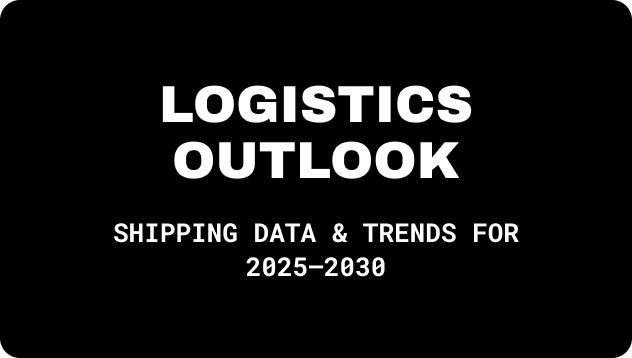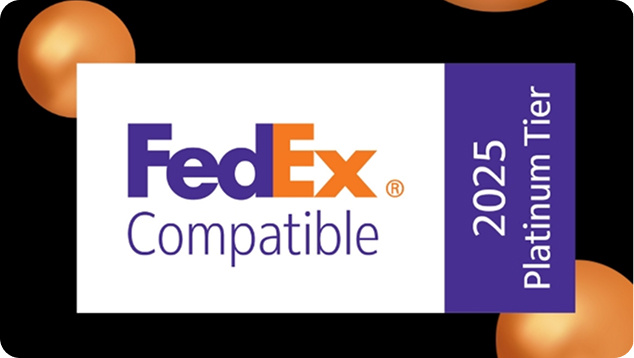Green economy and e–commerce: how to reduce the environmental impact?
Will green e–commerce be the new trend destined to revolutionize your sales approach and customers’ purchase habits?
Before answering this question that interests you closely, it is perhaps advantageous to take a look at the definition of Green Economy and understand how to apply this approach to the e–commerce sector.
What is the Green Economy?
Following the trend of a newly raised awareness that has found a voice in the protests of Greta Thunberg and young people around the world, companies are starting to manage their businesses in the name of sustainability and attention to the environment.
The concept of Green Economy was not born yesterday: for many years scientists and activists have been warning us about the alarming conditions of our planet and companies have finally started taking some countermeasures.
In 2016, 190 countries around the world signed the Paris Agreement, which aimed to contain the increase in global temperature and decrease CO2 emissions.
Over time, many protest movements have emerged stressing that there is only one planet Earth and that we should take care of it because we have no other place to live. With this, even consumers started to rethink their purchasing choices.
The Green Economy, a model of sustainable development that takes into account the environmental impact of companies, is growing rapidly and meeting new customers’ requests.

Suffice tosay that in Italy, at the beginning of 2020, the climate emergency was the main source of concern for 51% of the population.
We’ve had to face a global pandemic but attention remains high on environmental issues, so much so that about half of US consumers (48%) have changed or are willing to change their purchasing habits to reduce pollution.
But let’s analyze this aspect a little more closely, that is the shopping habits of young and old, to understand how it affects the business strategies of green e–commerce.
Green e–commerce: the data to keep an eye on
Customers have already chosen: more and more people are buying from companies that implement environmental sustainability and policies to reduce pollution.
A research estimates that the sale of environmentally sustainable products will reach $ 150 billion in 2021.
In particular, 75% of American Millennials have rethought their purchasing habits, compared to 34% of people who are between 50 and 64 years of age.
In addition, and here you must pay attention because it is data strictly connected to green e–commerce, 67% of environmentally conscious consumers get informed and base their choices on an online knowledge of the brands that make precise environmental choices.
Other data indicate that almost half of the buyers (49%) are willing to spend more on products that meet high quality and safety standards, and many (38%) are looking for objects made with eco-friendly materials.
At the same time, customers buying online are aware of the great use of packaging and the environmental impact that Carriers cause.
Just think that, according to Comieco, on 25 and 26 December 2019, in Italy, about 75 thousand tons of paper and cardboard waste were produced. Not only newspapers and magazines ended up in recycling, but also large quantities of packaging, which went from 25% to over 35% of total paper and cardboard waste.
The first solution you could think of is to ship with reusable packaging and minimize the use of paper, but it is not the only thing you can do. In fact ShippyPro, always attentive to the environment, comes to you with a very interesting option that we will talk about at the end of our article.
Meanwhile, let’s see in what are the strategies and solutions you can adopt to make your e–commerce green and sustainable in detail.
Green e–commerce: 5 tips to reduce the environmental impact
How can you “embrace” the ongoing transformations and at the same time win the trust of an ever increasing number of people? How to be “green” without losing sight of turnover and profits?
After seeing how the Green Economy is not only a trend, but a “philosophy” that also affects politics, it is time to focus on some useful insights and change the way you sell and ship.
Here are 5 tips to immediately reduce the environmental impact of your e–commerce:
- Rely on suppliers who make environmental respect their trademark. Sell products made with recycled raw materials, and buy from suppliers who have reduced their CO2 emissions. In short, check that your catalog is a “green catalog” and communicate this attention and choice to customers. In fact, every measure you take should have a dual function: firstly, you will effectively reduce the ecological footprint of your e–commerce; secondly, you will also communicate your company policy with non–isolated marketing actions.
- Use eco–sustainable packaging. Not only eco-friendly products, but also packaging made with recycled materials. Use and reuse boxes, packing cases and envelopes several times: customers who are respectful of the environment will appreciate.
- Offer the possibility of using eco-sustainable packaging for a return, and remember that with ShippyPro Easy Return you can easily send return labels to facilitate the return and prevent more waste from polluting the environment.
- Make green delivery options available. Many customers are only reachable through Carriers, but some may collect their product in different ways. For example, some customers go to a locker and collect their purchase there. We are talking about physical storage near stations or shopping centers, open 24 hours a day, which reduce the impact of logistics and allow you to offer an additional delivery option. Your customers will only have to choose this pickup method at the time of checkout, thanks to ShippyPro Live Checkout.
- Make your workplace eco–friendly. What does this actually mean? For example, use solar panels to obtain the energy necessary for your company, or design a warehouse that minimizes the environmental impact. In short, try to transform your e–commerce even where your customers do not directly perceive the value of your actions. Don’t forget to communicate this attention on your website and your social pages.

You might think that “Green Economy” and other related terms are just beautiful words that are not reflected in concrete actions.
But some companies have already been carrying out measures which demonstrate the real possibility of acting for the environment. A virtuous example comes from the worldwide giant for online sales par excellence, Amazon.
Amazon isn’t just aiming for zero CO2 emissions by 2040, which is 10 years before the target of the Paris Agreement: Jeff Bezos’ platform wants to power its entire production and sales cycle with renewable energy by 2025.
The driving force behind this global rethinking might just be clever marketing, or genuine concern for the environment. In any case, Amazon makes available to sellers and buyers parcels made of 100% recyclable and easy to open material today.
There is more: if you ship with Amazon, you can take advantage of specifically designed packages to avoid the use of unnecessary packaging and therefore the waste of cardboard.
Now that we have seen the 5 tips that can guide your business choices and the “green” example provided by Amazon, it is time to focus on another aspect that involves great pollution and must be rethought: logistics.
Green logistics: how to ship with minimal environmental impact?
Packaging, the choice of suppliers, materials or the possibility of simple returns are not the only aspects to work on in order to make your e–commerce a green one.
Shipments have a great impact on the environment: just think of the fuel used by Carriers or super-fast deliveries that involve a great waste of resources.
On the other hand, it is inevitable for an e–commerce to rely on trucks, planes and ships to be as widespread as possible and reach customers all over the world.

Luckily for you, ShippyPro provides you with a feature that can calculate the CO2 emissions of each shipment and choose the most eco-friendly option.
Do you want to know more? Let’s analyze CO2 Impact API in detail!
Realize your sustainable shipping strategy with CO2 Impact API
If refounding your e–commerce from a green perspective takes too long, you can start with a simpler solution.
There is a way to reduce the CO2 emissions of your shipments thanks to ShippyPro – we are talking about CO2 Impact API.
ShippyPro has always given great importance to the environmental sustainability of companies. At the beginning of 2020, to do our part, we completed an ecological restyling project of our headquarters in Florence.
We want our solutions to always be respectful and attentive to the environment. For this we have developed CO2 Impact API.
With a single API call for all your Carriers, you can check CO2 emissions with accuracy. In addition, you can obtain reliable reports on the sustainability of your green e–commerce and share them with your customers.
CO2 Impact API guarantees integration with over 120 Carriers. In short, if you want to start respecting the environment with concrete actions and meet the new purchasing needs of consumers, you know where to start.
ShippyPro is the complete shipping software for online and offline retail. With Label Creator, Track & Trace, Easy Return and Analytics features, our software simplifies your shipping operations. ShippyPro integrates with over 180 carriers and 80 sales channels, making it compatible with a wide range of products and use cases.











